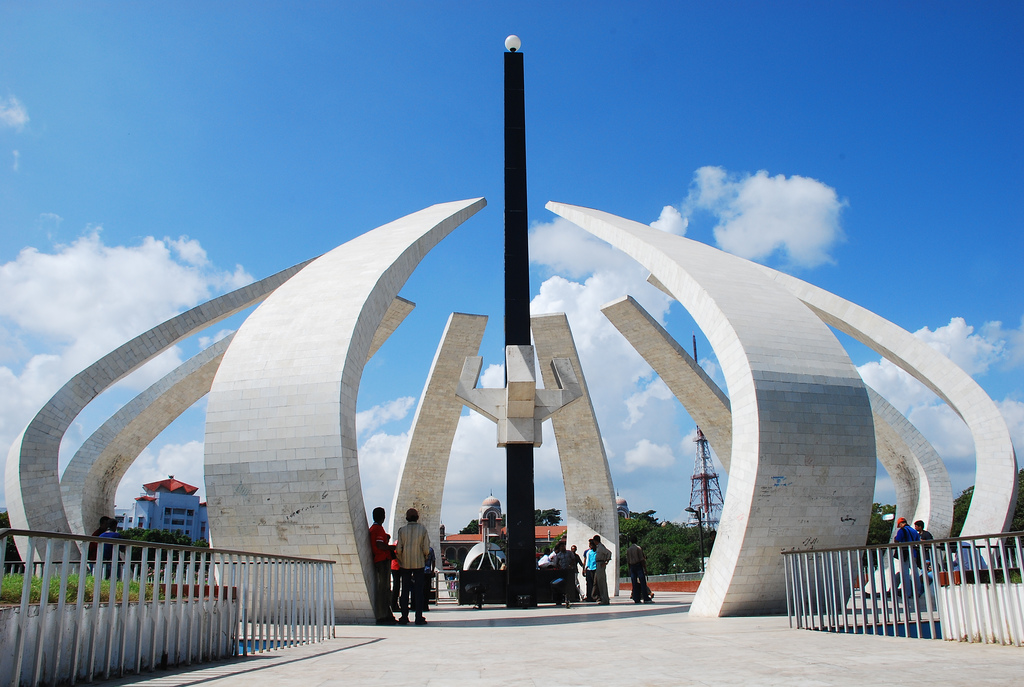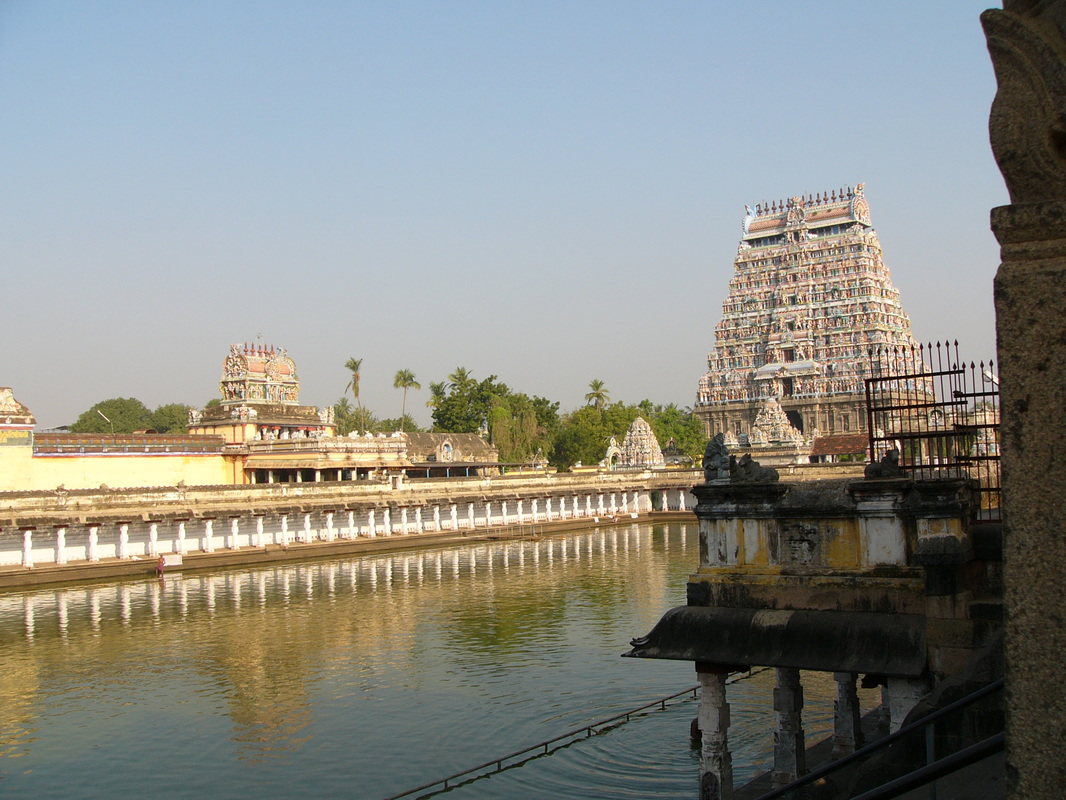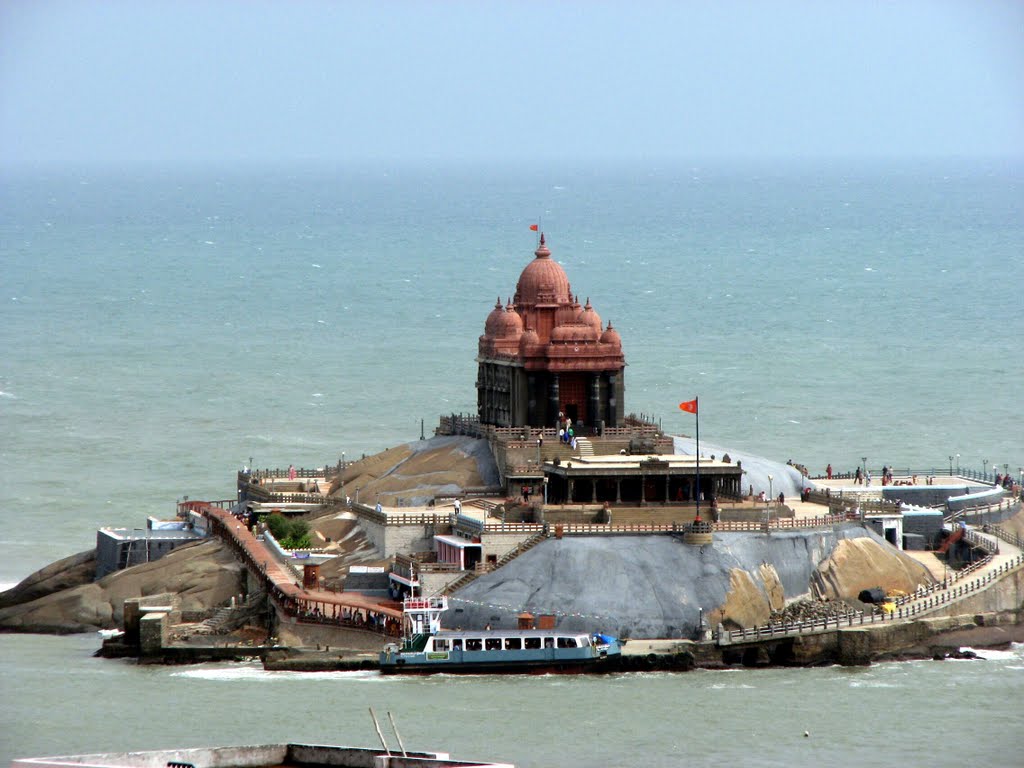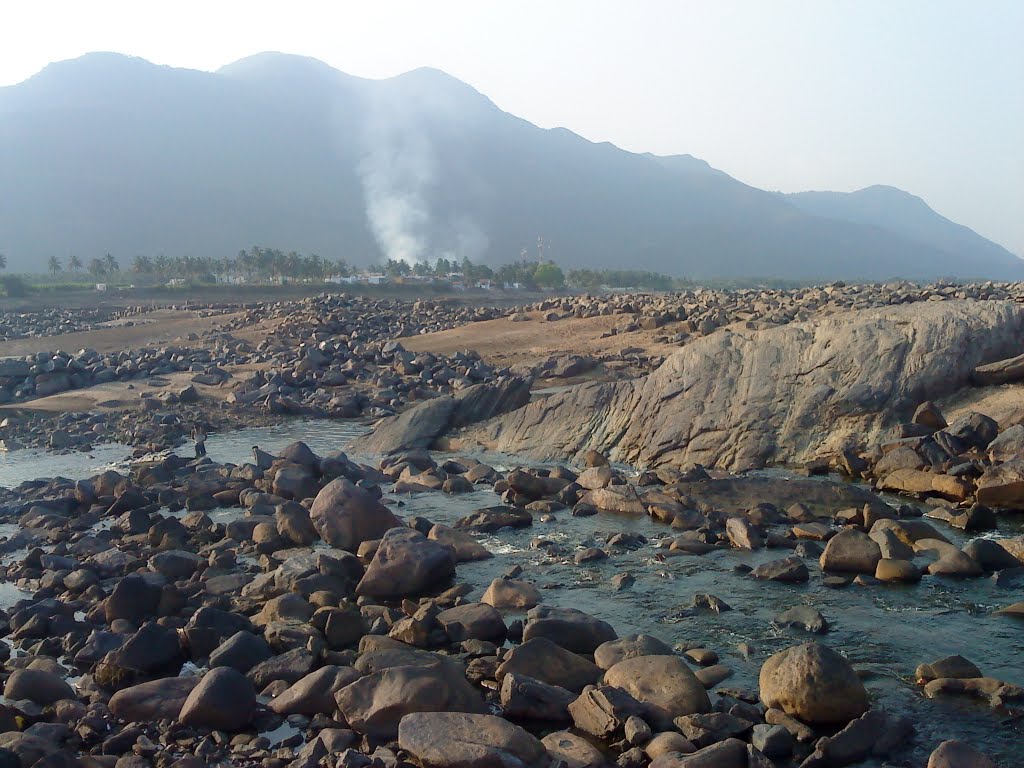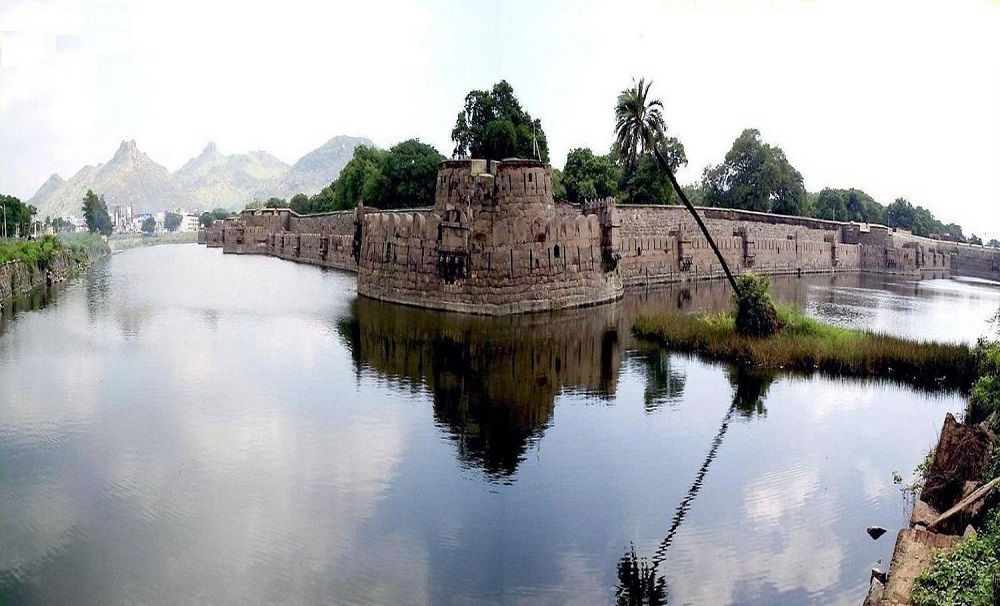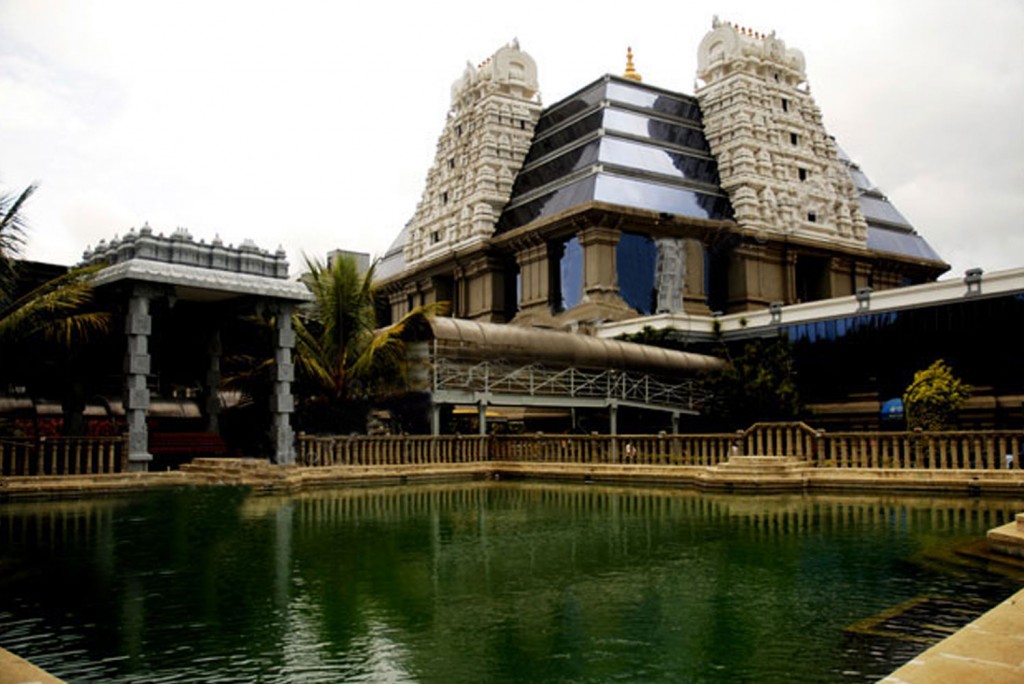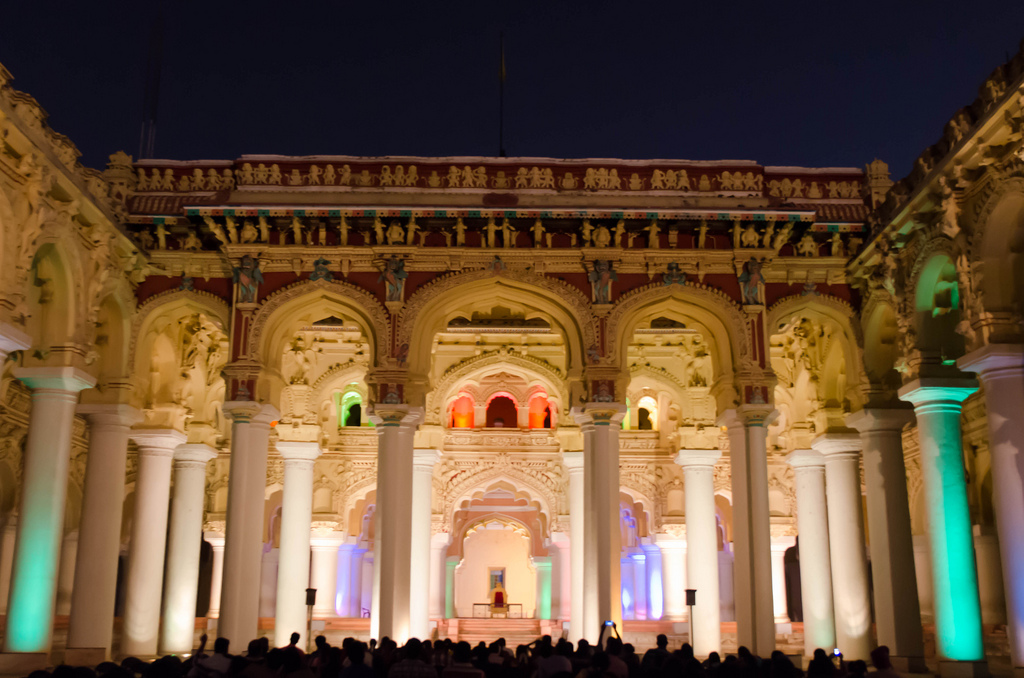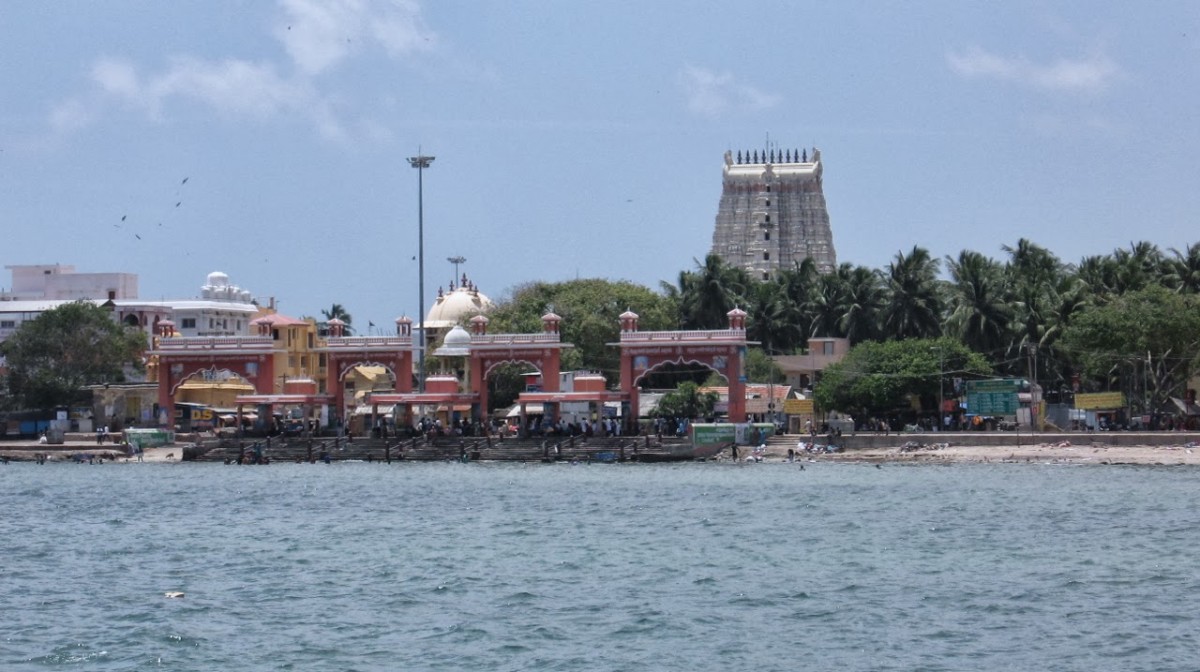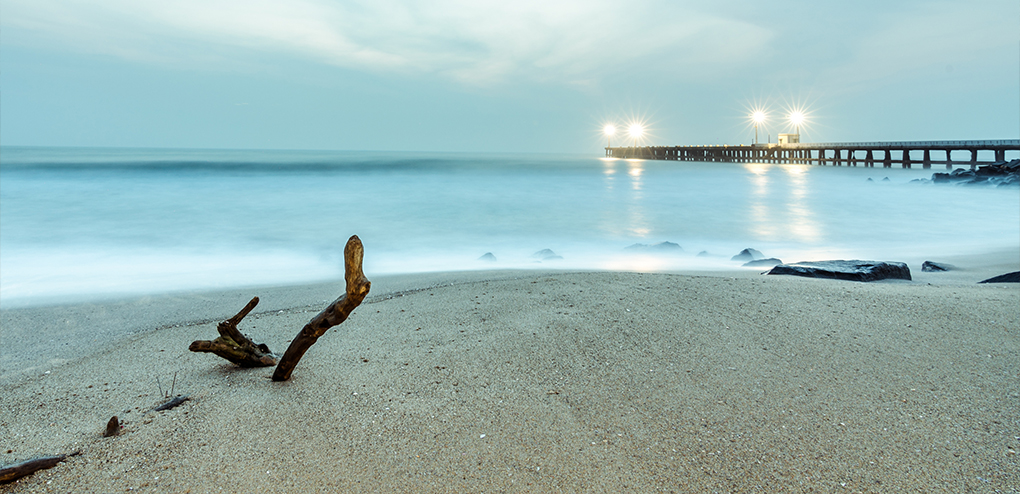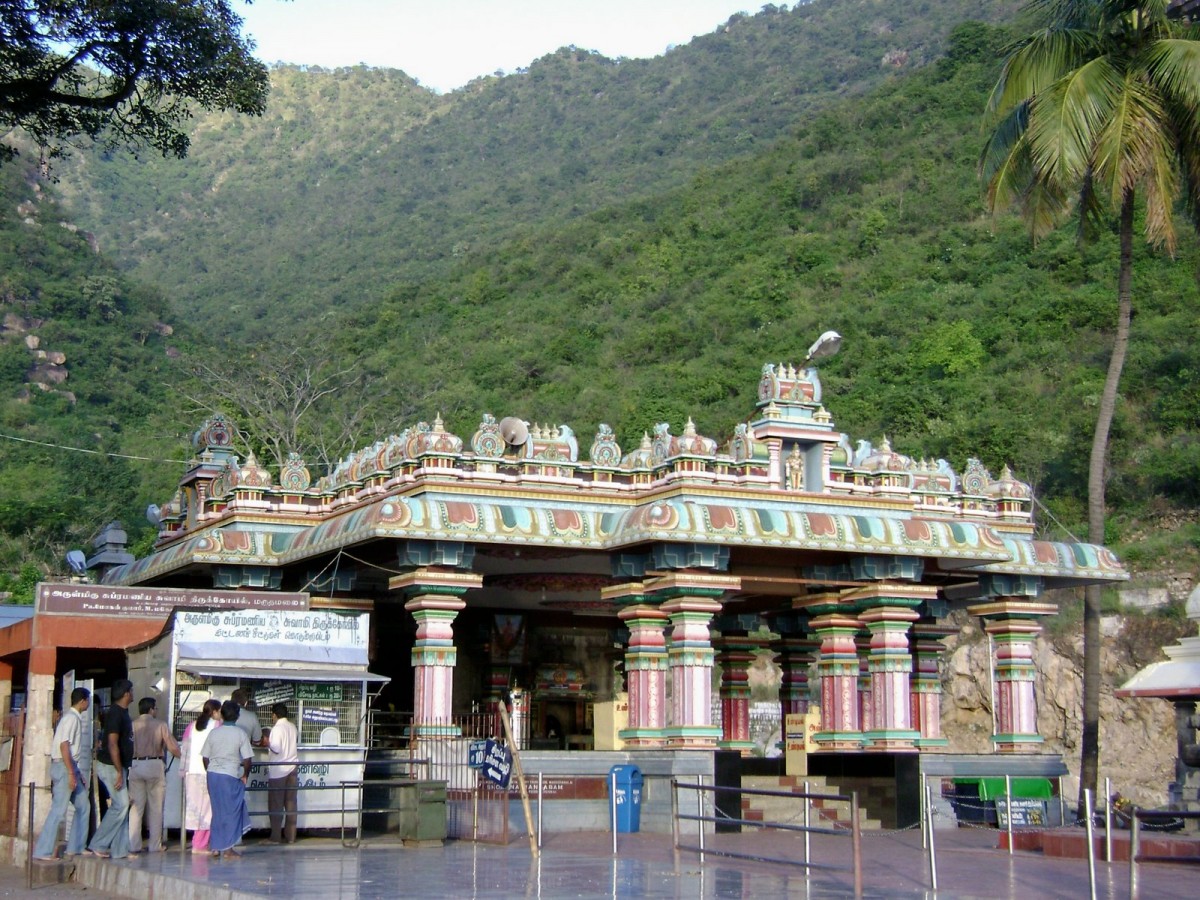
Coimbatore Tourism and Travel Guide
History
Originally Coimbatore district formed part of the Kongu country, the history of which dates back to the Sangam age. It is found that in early days the area was inhabited by tribes, the most predominant among them being the Kosars whoCoimbatore are reported to have had their headquarters at Kosampathur which probably later became the present Coimbatore. However, tribal predominance did not last long as they were over-run by the Rashtra Kutas. From Rashtrakutas the region fell into the hands of the Cholas who were in prominence at the time of Raja Raja Chola. On the decline of Cholas the Kongu territory was occupied by the Chalukyas and then by the Pandyas and the cysalas. Due to internal strife in the Pandyan kingdom the Muslim rulers from Delhi happened to interfere. Thus the area fell into the hands of Madurai Sultanate from whom the Vijayanagar rulers wrestled for the region during 1377-78 after overthrowing the Madurai Sultanate. For a few years the area remained under independent control of Madurai Nayaks.
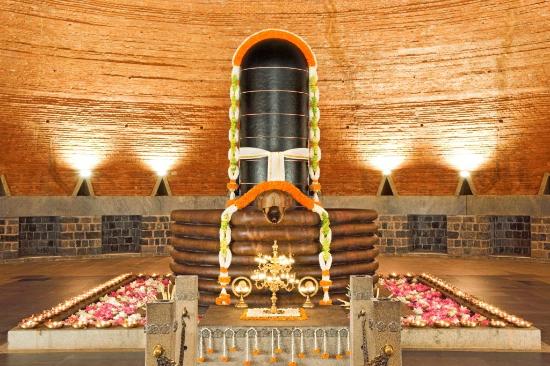
During the period of Muthu Veerappa Nayak and later during the period of Tirumal Nayak internal strife and intermittent wars ruined the kingdom. As a consequence during the period of Tirumal Nayak, the Kongu region fell into the hands of the Mysore rulers from whom hyder Ali took over the area. However, consequent on the fall of Tippu Sultan of Mysore in 1799, the Kongu region came to be ceded to the East India Company by the Maharaja of Mysore who was restored to power by the East India Company after defeating Tippu Sultan. From then till 1947 when India attained Independence, the region remained under British control who initiated systematic revenue administration in the area.
To begin with, Coimbatore was in two parts for purposes of revenue administration. In 1804, the areas were merged into one and brought under one District Collector.During that time, Mr.H.S.GREAME, [I/C] from 20/10/1803 to 20/01/1805 was the Collector. In 1868, the Nilgiris District was bifurcated from the Coimbatore District. At the opening of the present century there were ten taluks in the district viz., Bhavani, Coimbatore, Dharapuram, Erode, Karur, Kollegal, Palladam, Pollachi, Satyamangalam and Udumalaipettai. The name of Satyamangalam taluk was subsequently changed as Gopichettipalaiyam. Avinashi taluk was formed in the year Karur taluk happened to be transferred to Tiruchirappalli district. In 1927, some villages of Bhavani taluk together with a few villages from Salem Coimbatoredistrict were constituted into Mettur Area but very soon i.e. in 1929, this area was transferred to Salem district. Again in the year 1956 considerable area of the district, viz., the whole of Kollegal taluk was transferred to Mysore State as part of the States Re-organisation Scheme. In 1975, Satyamangalam sub-taluk was upgraded as a full fledged taluk. Again in 1979, Perundurai sub-taluk of Erode and Mettuppalaiyam sub-taluk of Avanashi were also upgraded into independent taluks. Thus the total number of taluks in the district came to twelve. This, however, did not last long. In the same year (1979) six taluks were bifurcated from the district to constitute a new district viz., Erode. Under G.O. Ms. No. 1917 Revenue dt. 31-8-79, the following six taluks were bifurcated from the then Coimbatore district to form Erode district. Bhavani, Gopichettipalaiyam, Satyamangalam, Erode, Perundurai and Dharapuram. This bifurcation considerably reduced the size of the district. It has only nine taluks now, viz. Pollachi, Coimbatore(North), Avanashi, Palladam, Udumalpettai, Tirupur,Valparai,Coimbatore(South) and Mettuppalayam.
How to Reach Coimbatore
By Air: The nearest airport is Peelamedu airport, 10 km from the city with regular flights to and from Bangalore, Mumbai, Chennai, Kochi and Madurai.
By Train: Coimbatore is itself a major railway junction of the Southern Railways and there are regular trains to and from Chennai, Rameswaram, Madurai, Bangalore, Mumbai, Kanyakumari, Kozhikode, Mettupalayam, Kochi and Delhi.

By Road: Coimbatore is connected by good roads to all the major cities of South India.
Shopping in Coimbatore
Being a metropolis, Coimbatore has many up-market malls featuring all the major international brands. Raja StreetCoimbatore and Sukravar Pettai are the places where you will get good textile apparels. The city has the best kind of khadi, which is Indian hand-woven cloth, in Khadicrafts.
Coimbatore may not be a popular shopping destination but one can surely look forward to buy a few things. Coimbatore is an important industrial city of Tamilnadu renowned for its textile mills and engineering industry. Coimbatore is famous for markets housing automobile parts that are among the cheapest in southern India.
Some of the main places to shop in Coimbatore are, Big Bazaar at Oppanakkara Street, Raja Street at Ranga Gownder Street, Sukravar Pettai (for Handloom Saris), Poompuhar Handicrafts Emporium, Co-optex, Khadikrafts and Tansi Sales Center.
Coimbatore People and Culture
Whether you are looking to move or visit the city of Coimbatore, or if you are simply interested in learning more about a city’s culture, this informative article is for you. Here, we will discuss some of the things that may be important for you to know about the city of Coimbatore.
Tamil is the language that is both the official and most popular language of Coimbatore. Other popular languages which are spoken in Coimbatore include English, Hindi, Telugu, and Kannada. Majority of the people in Coimbatore are of the Hindi religion, while there are also people of Muslim and Christian religions as well.
Like other Indian cities, the Mariamman festivals are very popular in Coimbatore, and generally are practiced by anyone- irregardless of language or religion. There are also other traditional Hindu festivals which are celebrated in Coimbatore. Ramzan and Christmas are commonly celebrated by the people.
Coimbatore The food that the people eat in Coimbatore is generally South India food, and almost always has rice as a base. There are a lot of traditional places which keep their own traditional spices in their foods. One of the most popular dishes in Coimbatore is Biryani. Other food that is commonly eaten in Coimbatore includes North Indian and Chinese food.
No matter what you enjoy, chances are that you will have a great time in Coimbatore. Whether you choose to learn the Tamil language or try some South Indian food, you should definitely consider getting an experimental taste of the Coimbatore culture.
Stumped by Exotic Cuisine
Adventurous cuisine for my grandmother would have been the Maggi noodles she tried at 70. Brought up on rice, sambar and avial; macaroni and Maggi never won her favour. Why just her? Burgers and pasta aside, trying out sushi or kung satay on a regular day is not something that comes naturally to lot of us. Experimenting with cuisine and exotic flavours of yonder still takes a back seat to dosas and rotis.
There are legends galore about the proverbial traveller gone lean on bread and chips as the hunt for idlis in Illinois ended in vain. Some of our cricketing heroes almost forgot the art of fast bowling as the search for a veggie joint abroad took up most of the time.
While one half of the Indian population believe they have missed out on a meal if it is not the regular dal-chawal and idli-dosa fare, there is also a burgeoning lot for whom food means a different cuisine every time.
Being Different
“A new cuisine helps break the monotony of boring routine,” says 25-year-old Joji Philip, a sworn non-conformist when it comes to food.
“If you don’t experiment at least twice during the three meals a day, you are living like anybody else,” is his logic. So,Coimbatore be it sushi or Tibetan food, Mughalai biriyani or appams, Joji has dug his teeth into almost everything.
Though not as adventurous, Siddharth too is game to trying out new cuisine. “When it comes to Japanese or Russian food, you may not take to them immediately,” reveals Siddharth. “It is an acquired taste; but the ambience and the way the food is presented makes it worth it,” he adds.
Looks like Indians are slowly waking up to the idea of trying out different cuisine. “I think there is a growing willingness to try out cuisine other than their own,” says Junko Ravindran of Harima, a Japanese restaurant in Bangalore.
Ashok Kumar, Executive Chef, The Residency, Coimbatore, agrees. “There has been a rise in the number of people interested in trying out Thai, Mexican and even Singaporean cuisine,” he says.
For adventurous foodies, trips abroad mean throwing all culinary conventions to the winds. “When you travel, you realise food is integral to knowing the place better,” says Joji. During his trips to the South East Asian countries, he made it a point to try out the cuisine of the land.
“Quite a few customers were initiated to Japanese cuisine during their trips abroad,” says Junko. “But there are also those who have not tried the food before, but are hooked on to it now,” she elaborates. “In places like Manila, the variety of non-vegetarian food offered is huge,” says Joji.
And the most bizarre cuisine, he has ever had? Hold your breath! “It was in Thailand. Insects deep-fried and served with sauce. The sauce would be slightly different for each dish and it tasted great!”
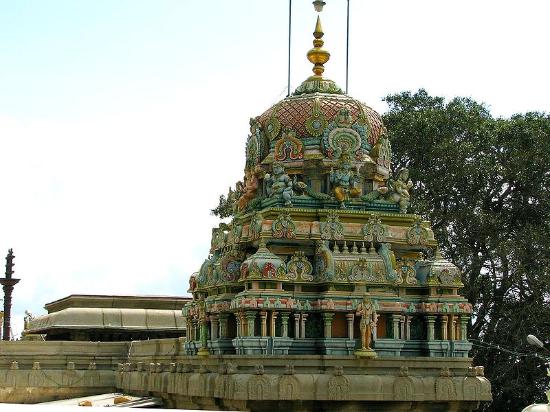
For these people, it is often a nightmare to be travelling with those who are fussy about what they eat. “When your co-traveller is busy stocking up on chips and French fries, it gets difficult. What is the point of going to a new place and not trying out their food?” asks Joji. Siddharth too shares the sentiment. “I can understand if people feel homesick and hunt for Indian restaurants after a reasonably long stay abroad. But if you are on a short trip, the idea should be to get the taste of the land,” he says.
Coimbatore But the grouse of these avid eaters is that often it is difficult to get authentic cuisine here as food is tempered to suit the Indian palate. “The food that is commonly served here as Chinese is a far cry from the real thing,” says Joji. Restaurateurs are divided on this though. “If you serve authentic Chinese food, it may not have many takers,” reveals Ashok Kumar.
But Junko believes that if you have a speciality cuisine, it is better to retain authenticity. “I don’t think it is necessary to temper the food to suit the needs here. Then, it will always remain an in-between cuisine. Further, people can develop taste for a different way of eating,” elaborates Junko.
Veterans in the world of experimental eating believe the real flavour is out there on the streets. “I make it a point not to eat in big restaurants. It is the smaller eateries that have the best food,” points out Joji.
A misconception doing the rounds, especially when it comes to new cuisine, is that it is not for the veggies. “It is not really true that such cuisine is only for non-vegetarians. We have quite a few delicacies for vegetarians too,” says Junko. Though venturing into unfamiliar cuisine is not rare anymore, there still seems to be a long way to go. For there are still people “who round up an exotic meal with curd rice,” says Ashok Kumar.
So, pack your bags and break the barriers because this is INDIA. Also, read some of the best blogs like Best Tours of India and Travel to India from the USA. Please also read some of our blogs like Travel Check List for India , Best Indian Snacks and Best Hotels in Rajasthan.

